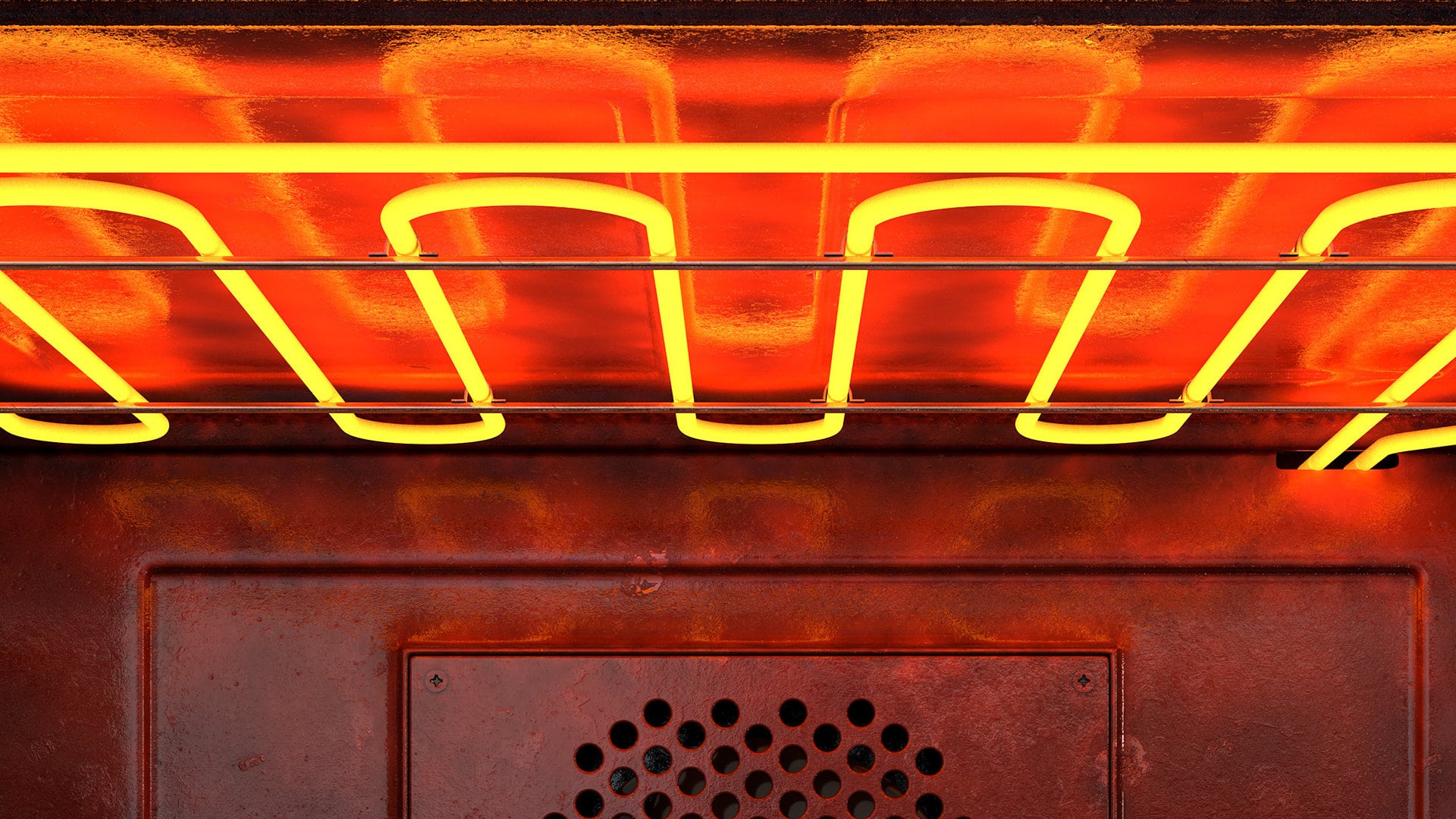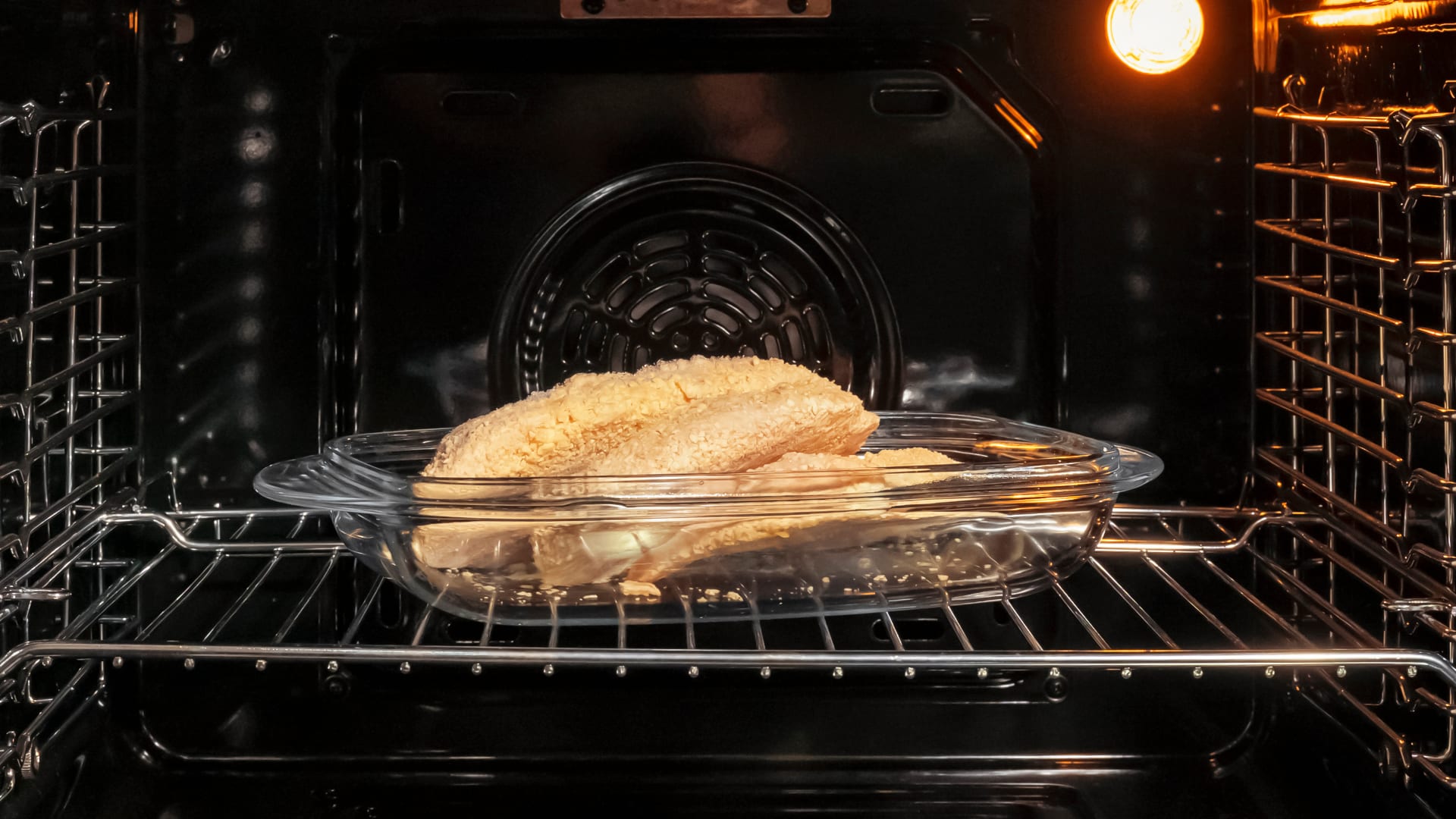
When an oven overheats or underheats, there’s usually something wrong with one or more of the components in your oven. To help you find the cause of the problem, we have put together this extensive guide.
Due to how they operate, there are different components in gas and electric ovens that you’ll need to check. Let’s start with gas ovens (if you have an electric oven, you can skip down to the second section of this guide).
How to fix a gas oven
Check the gas supply
The best place to start if you have a gas oven that is overheating or underheating is to check the gas supply. If your oven isn’t getting the right amount of gas, it won’t be able to heat to the correct temperature.
Here’s how to check the gas supply:
- Start by making sure all the gas valves are turned on. If not, turn them on and check if the problem has been solved.
- If the gas valves are turned on, attempt to turn your oven on. If the oven doesn’t light up or you cannot smell gas coming into the oven, you will need to check the valves with a multimeter (if they are electric). If any of the valves don’t have continuity, they will need to be replaced.
- If the valves are fine, you will need to get a technician to come and inspect your gas line to determine why your oven isn’t getting gas to it.
- If the valves are working correctly or if replacing them doesn’t solve the problem, you will need to check the igniter.
Check the igniter
The igniter is responsible for lighting the gas so your gas oven burners can light up and start heating your oven. If the igniter fails to light the gas your oven won’t heat.
Here’s how to check the igniter:
- Attempt to turn your oven on.
- If the gas doesn’t ignite, turn the power and gas supply off.
- Locate the igniter and disconnect it.
- Test the igniter with a multimeter for continuity.
- If the igniter fails the test, replace it. If it passes the test, reconnect it and move on to checking the spark electrode.
- If you install a new igniter, check if your oven can now operate correctly. If it is still overheating or underheating, check the spark electrode.
Check the spark electrode
The spark electrode helps the oven ignite. When it stops working, your oven won’t be able to heat to the correct temperature.
Here’s how to check the spark electrode:
- Start by switching the power and gas supply off.
- Locate the spark electrode (consult your user manual if you’re not sure where it is).
- Once located, check the electrode for damage.
- If you find any damage, the best course of action is to replace it.
- If the electrode isn’t damaged, test it with a multimeter for continuity.
- If the electrode fails the test, replace it.
- If the electrode is working correctly, you can move on to checking the thermostat.
- If replacing the electrode doesn’t solve the problem, check the thermostat.
Check the gas oven thermostat
The thermostat in your gas oven monitors the temperature and tells the control board to increase or decrease the flame on the burner to keep your appliance at the correct temperature. When it stops working correctly, your oven may under or overheat.
Here’s how to check the gas thermostat:
- Make sure the thermostat isn’t touching the oven wall. If it is, reposition it and then check if this solves your heating problem.
- If the thermostat isn’t touching the oven wall or if repositioning doesn’t solve your heating problem, replace the thermostat.
How to fix an electric oven
Check the bake element
The best place to start if you have an electric oven that is underheating or overheating is to check the bake element. In an electric oven, the element is responsible for providing heat. When it stops working correctly, your oven won’t be able to heat to the correct temperature.
Here’s how to check the bake element:
- Switch your oven to the highest temperature setting possible.
- After about 10 minutes, open your oven door and check if the element is bright red.
- If the element is bright red, this indicates the element is working correctly and you can move on to check the thermal fuse. If not, turn your oven off and let it cool down.
- Once the oven is cool, disconnect the element and test it with a multimeter for continuity.
- If the element is faulty, replace it. If it passes the test, reconnect the element and move on to check the thermal fuse.
- Once the new element is installed, turn your oven on and check if it now heats up correctly. If not, check the thermal fuse.
Check the thermal fuse
The thermal fuse is a safety device that tells the control board to turn the oven off if it overheats. If the fuse becomes defective, your oven might turn off when it shouldn’t.
Here’s how to check the thermal fuse:
- Switch the power and gas supply off.
- Locate the thermal fuse (consult your user manual if you’re not sure where it is).
- Once located, disconnect the fuse, and test it with your multimeter for continuity.
- If the fuse is faulty, replace it and test if the problem has been solved. If the fuse is fine or replacing it doesn’t solve the problem, check the thermostat.
Check the electric oven thermostat
The thermostat in your electric oven monitors the temperature and then tells the control board so it can decrease or increase the heat coming out of the element to keep your oven at the correct temperature. When the thermostat becomes faulty, your oven will over or underheat.
Here’s how to check the thermostat:
- Make sure the thermostat isn’t touching the oven wall.
- If so, reposition it and then check if your oven is now working correctly.
- If the thermostat isn’t touching the wall or repositioning it doesn’t work, replace the thermostat.
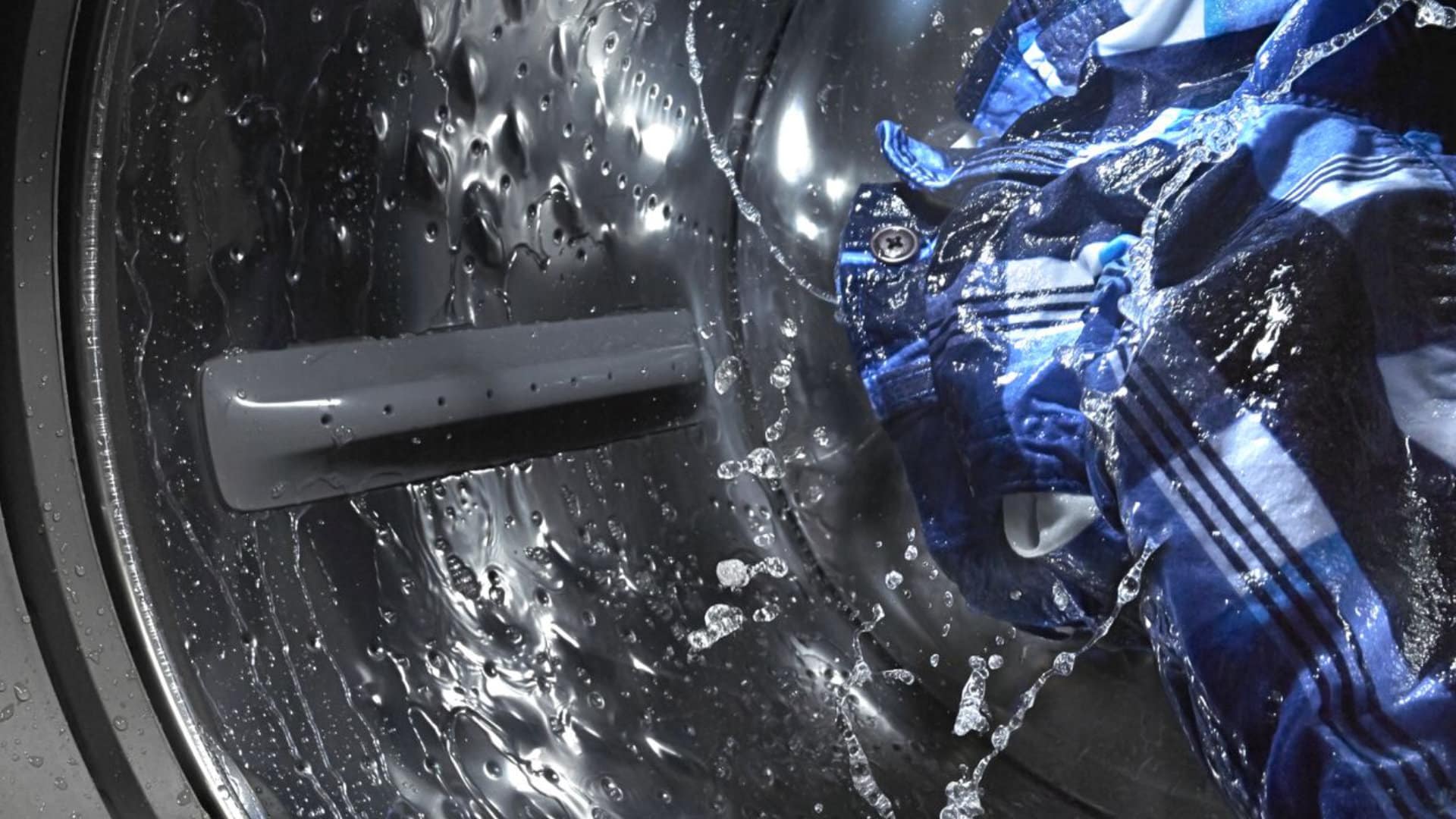
How to Fix the Whirlpool Washer F5 E3 Error Code
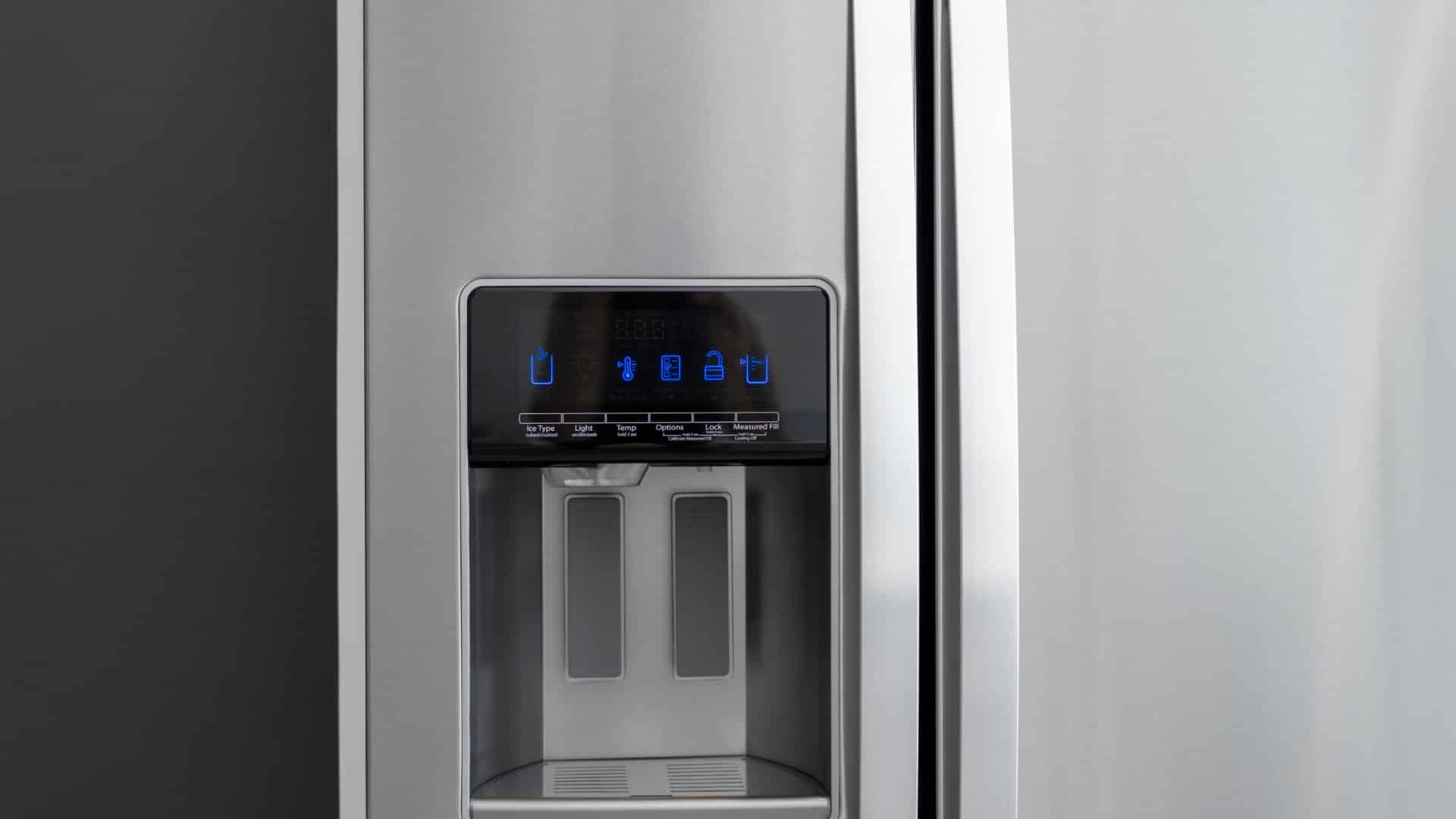
10 Steps to Clean Your Fridge Water Dispenser
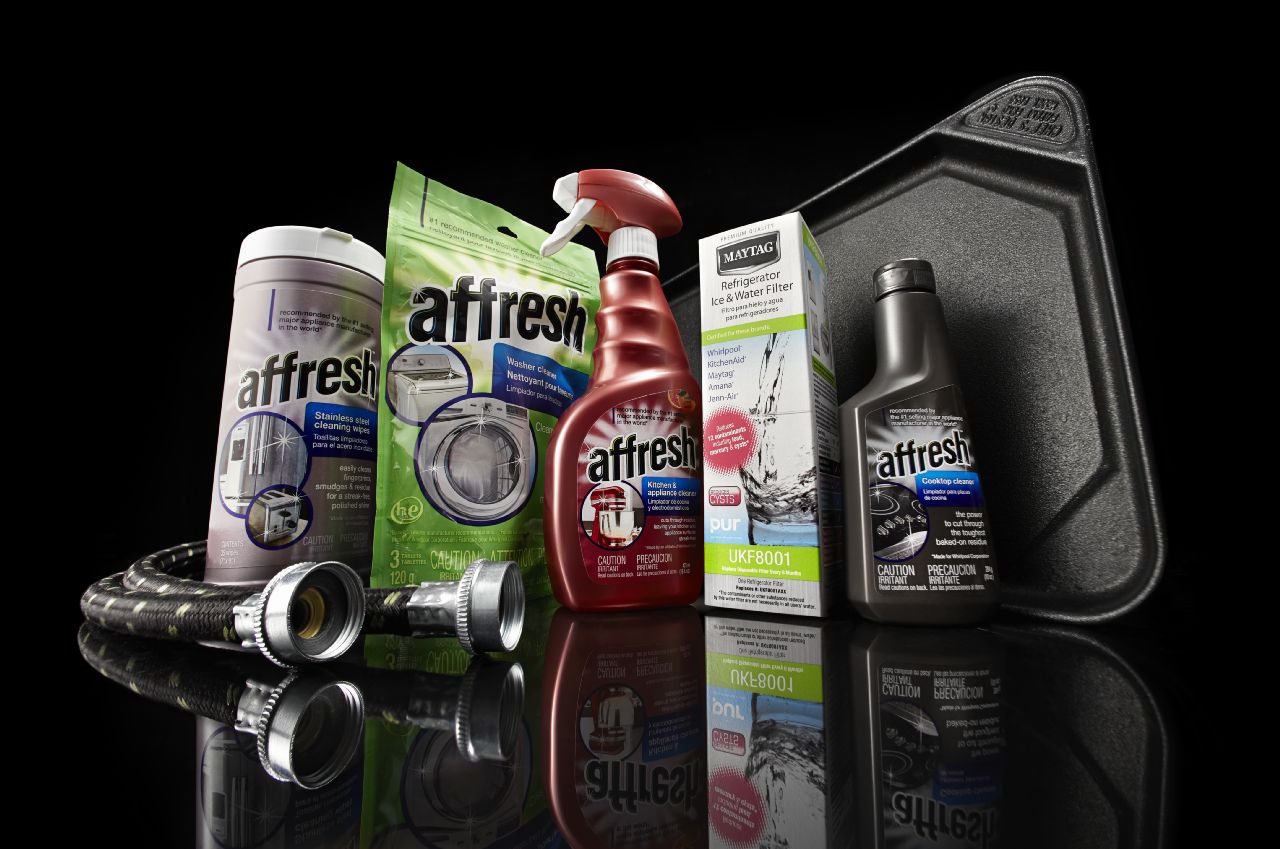
How to Replace a Whirlpool Refrigerator Water Filter
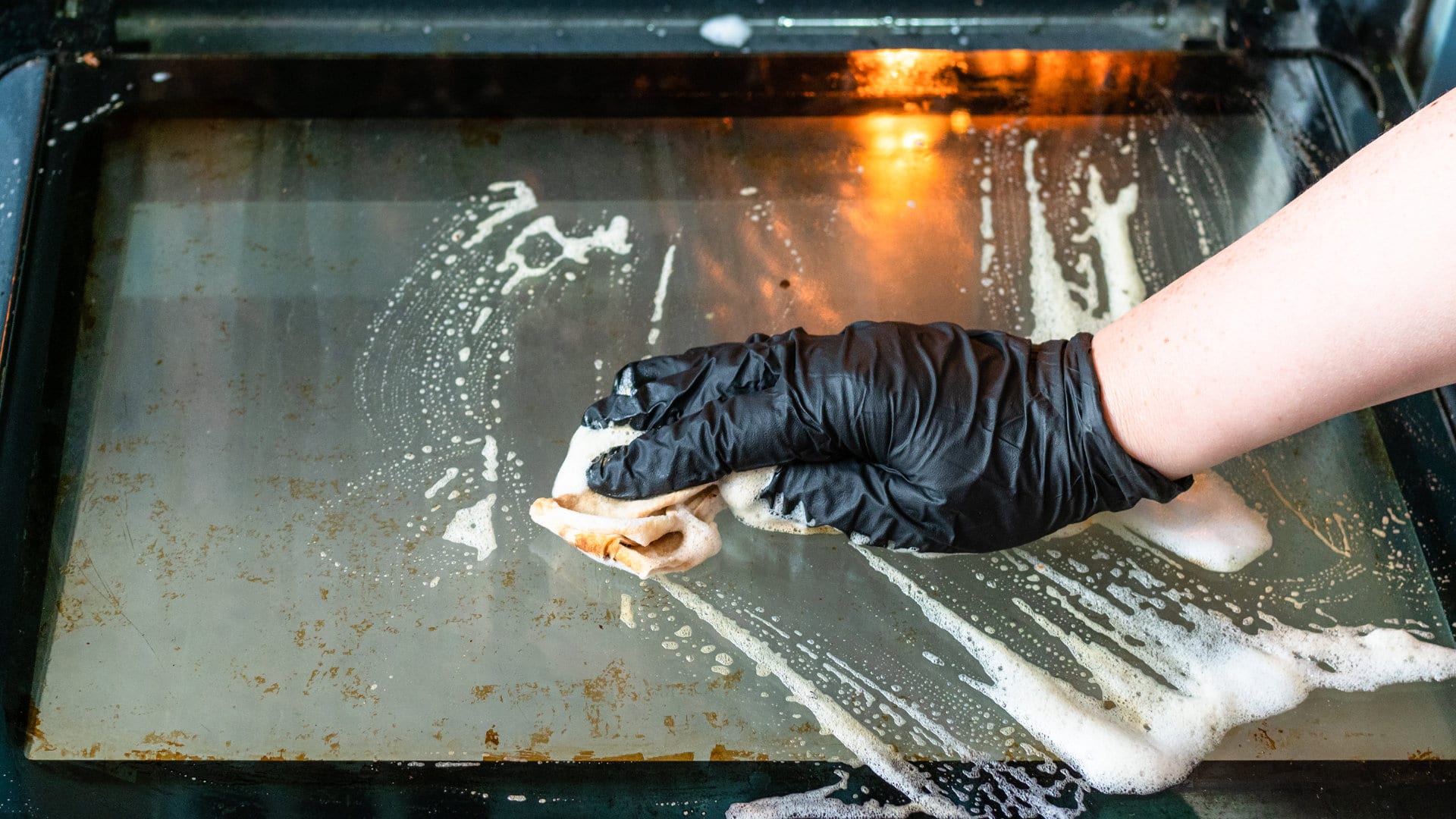
How to Clean an Oven Glass Door (3 Easy Methods)
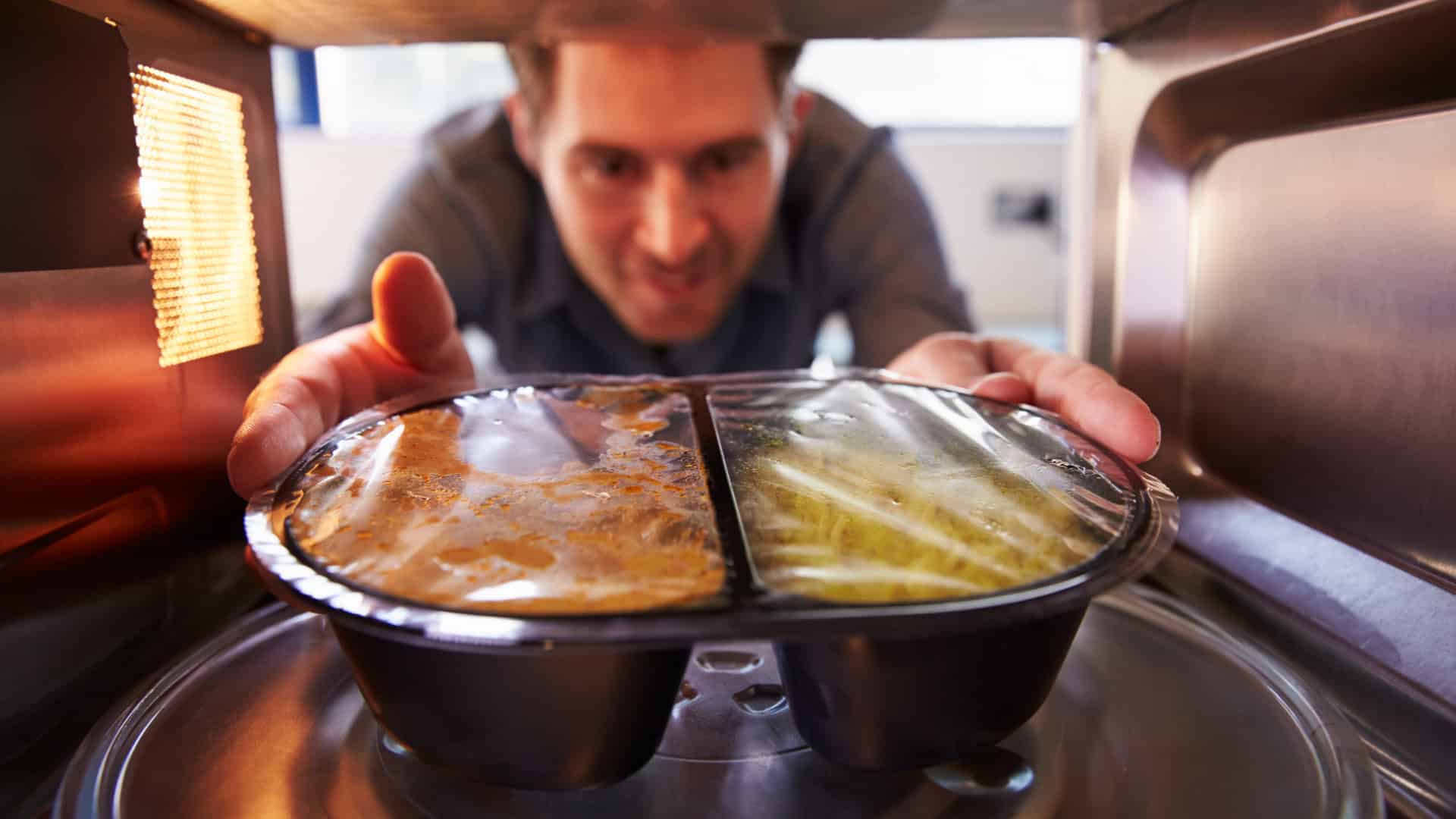
Why Your Microwave Plate Is Not Spinning
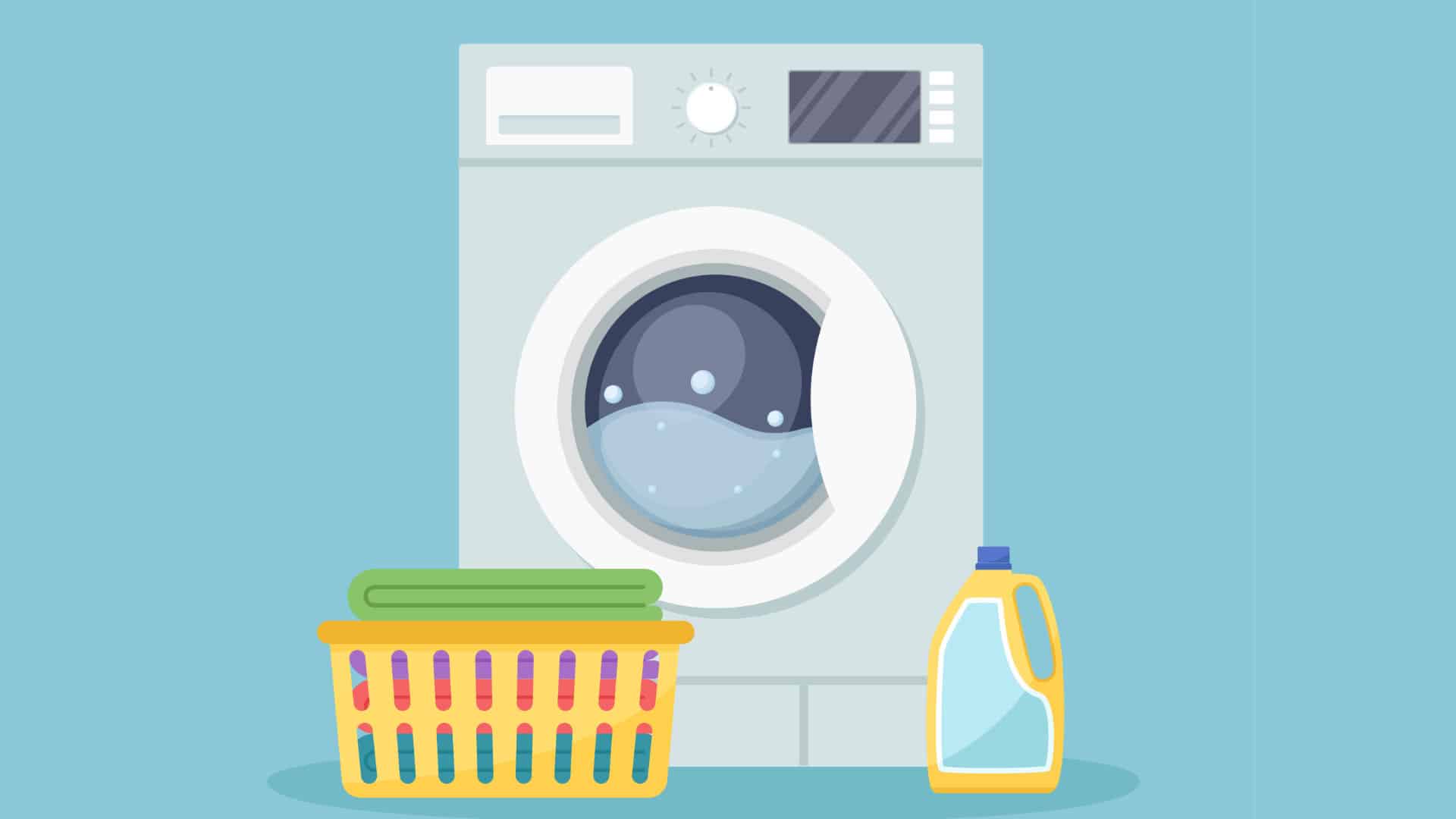
Washer Spin Cycle Not Working? Here’s Why

How to Fix a Slow Ice Maker
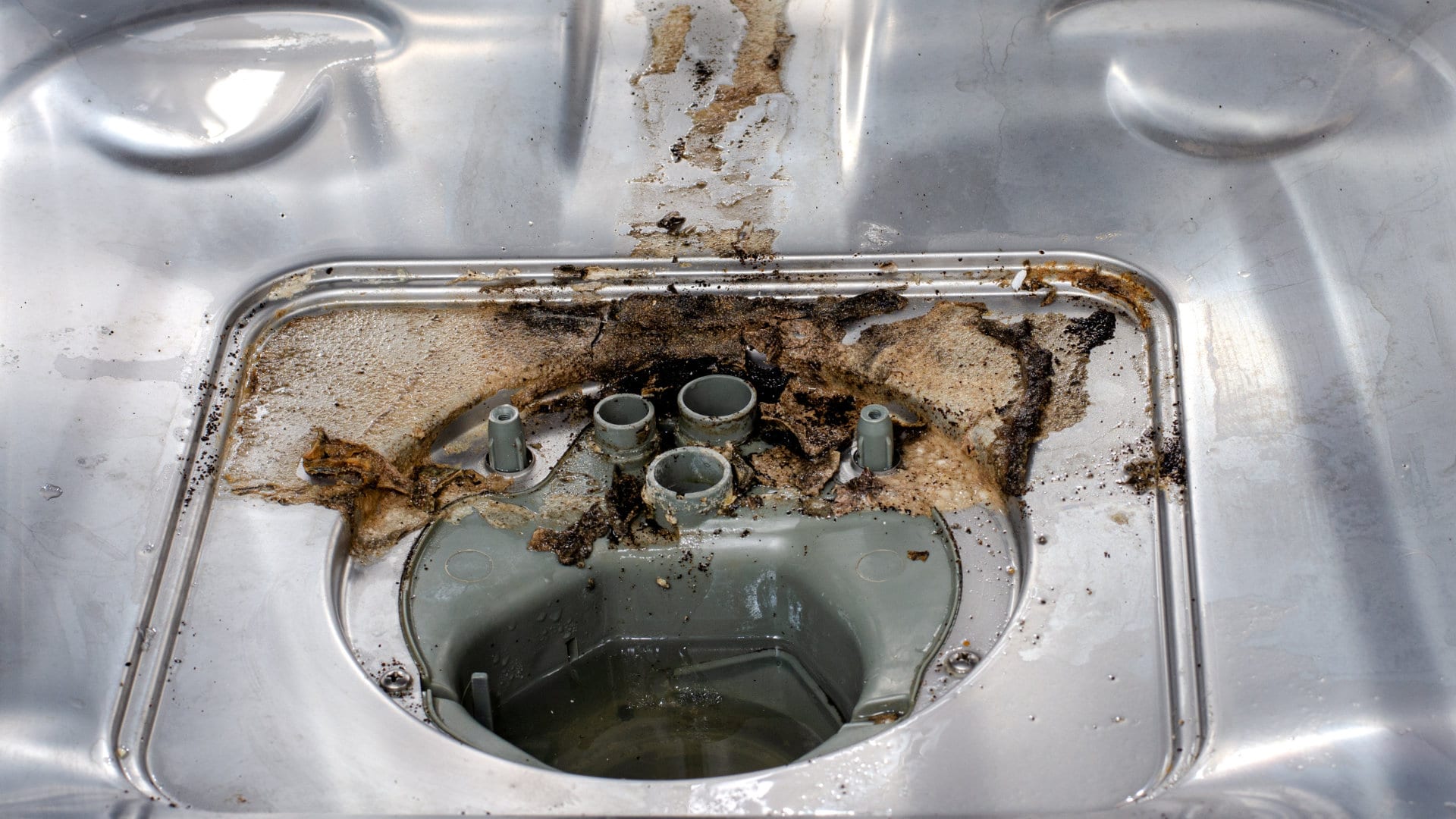
Why Does My Dishwasher Smell like Sewage?
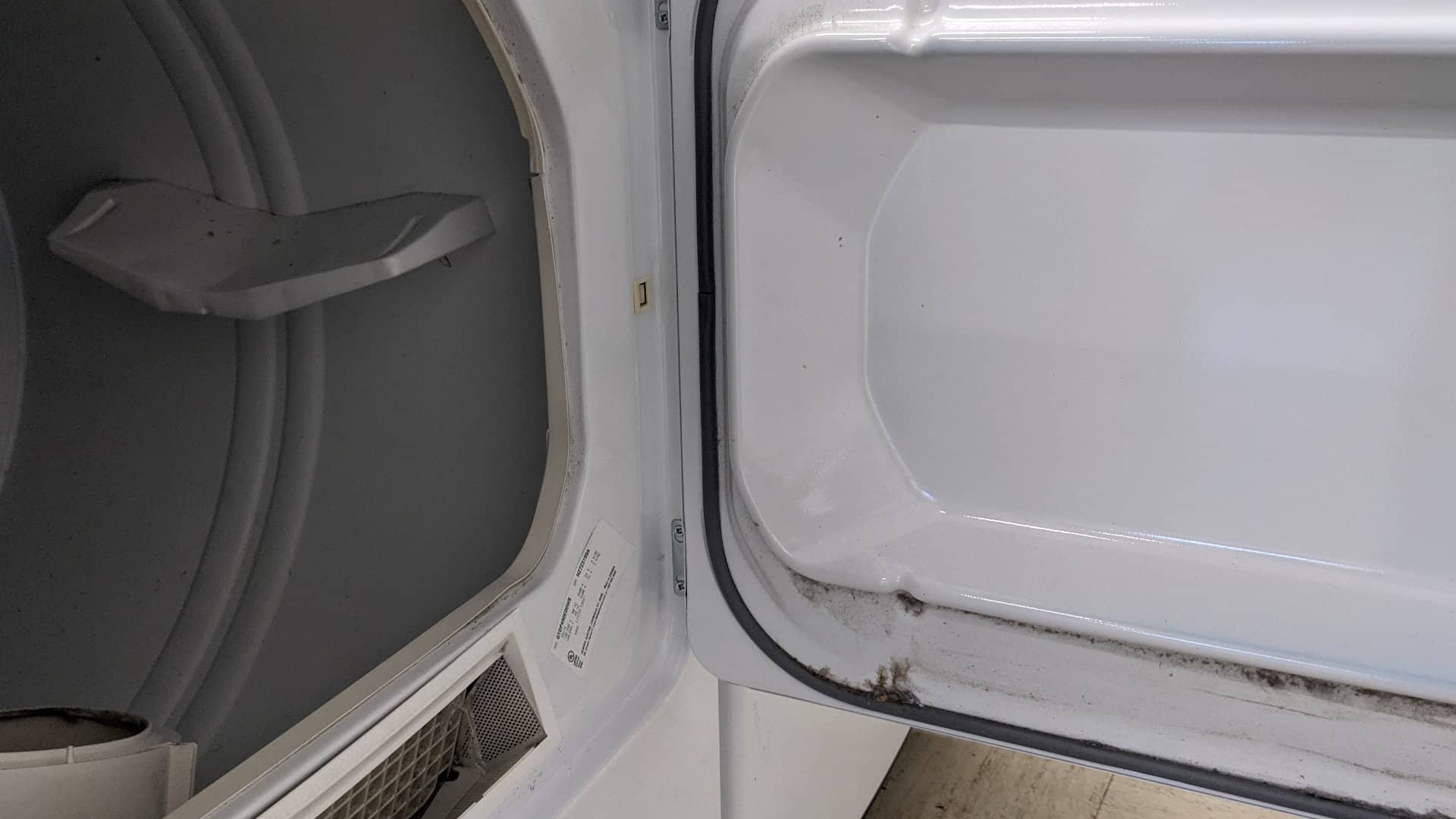
What Causes a Dryer to Overheat? (and How to Fix It)
